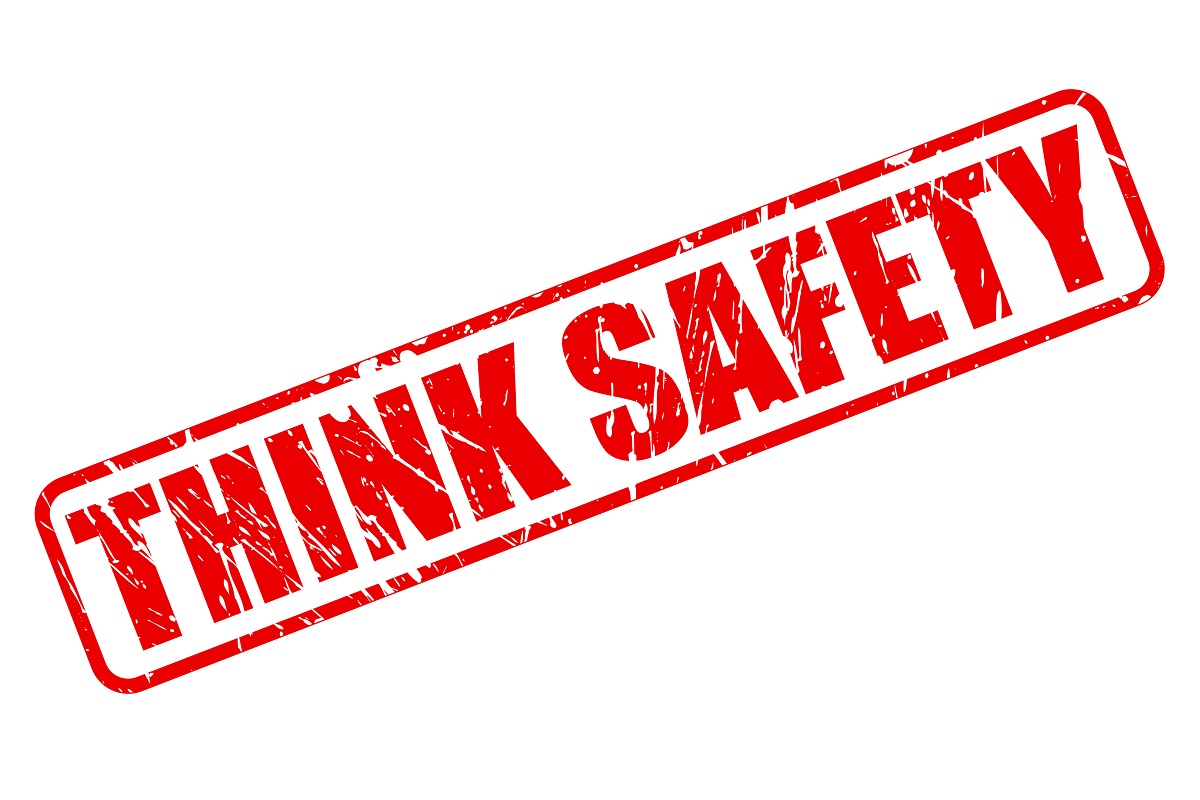When there’s a near miss, how do you view it? Do you view it as a lucky break? Or do you view it as a golden opportunity? If you’re not taking the latter view, you may be missing your chance to get everyone on the same safety page.
When you’re investigating a near miss, make use of your findings—and of that lingering nervousness everyone feels—to keep safety at the front of everyone’s mind.
Get Supervisors Thinking About Safety
Supervisors are in the best position to see and correct hazards—so whenever workers narrowly avoid accidents and injuries, don’t let your supervisors off the hook. Get the attention of your supervisors, and ask them:
- Did you know the situation was unsafe? Why wasn’t it corrected?
- Did you try to correct the situation? What prevented the supervisors’ solution from being effective?
- Have you disciplined workers, if needed? Either before or after the near miss, were supervisors practicing effective safety coaching and discipline?
- How could management have helped you? What support do supervisors feel they need from management to keep workers safe? Was there a management or other systemic failure?
- What are we going to do differently in the future? Prompt them to think preemptively about safety.
Get Workers Thinking About Safety
Complacency is one of the biggest challenges facing safety. Before workers shake off that “close call” feeling, call a safety meeting. Talk about what happened, what could have happened, and how to make sure it doesn’t happen in the future. Get workers thinking about:
- What could have happened to them. Not just death, but physical disability, brain injury, chronic pain, and a loss of their ability to work.
- What could have happened to their coworkers. No one wants to be responsible for causing harm to others.
- Whether there were warning signs they could have reported. Did they know the situation was dangerous? Did they make an effort to report the hazard? Were their concerns heard?
- Which pressures contributed to the hazard. Are they under production pressure that caused them to take shortcuts? Are they unable to repair or replace equipment when they need to? Which facility or equipment factors do they think contributed to the accident?
- Which worker factors contributed to the hazard. Did worker actions affect the situation? How? What would they do differently in the future? When discussing this, it is also important to remember: Do not take a stance that blames the worker. Instead, frame it as an opportunity for everyone to help improve safety.

